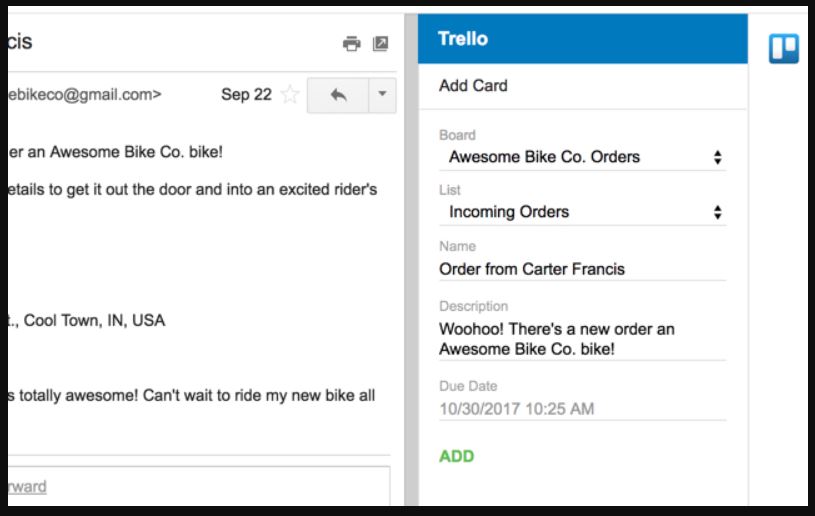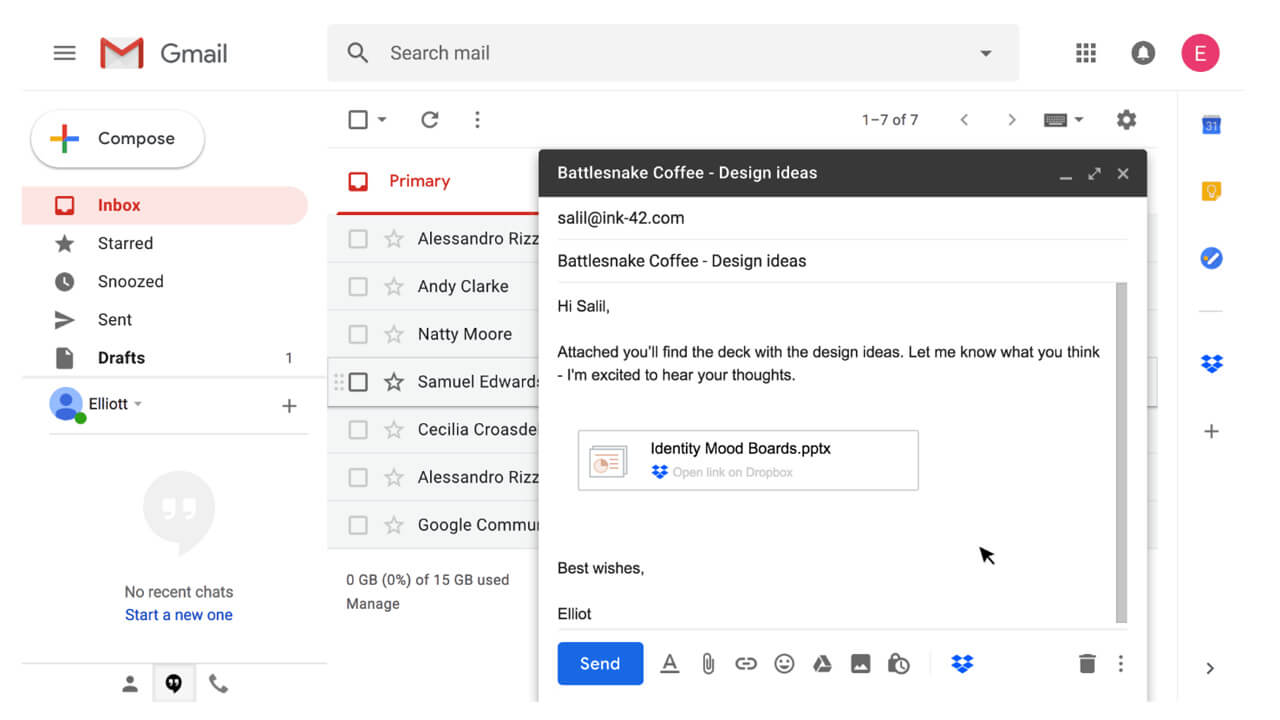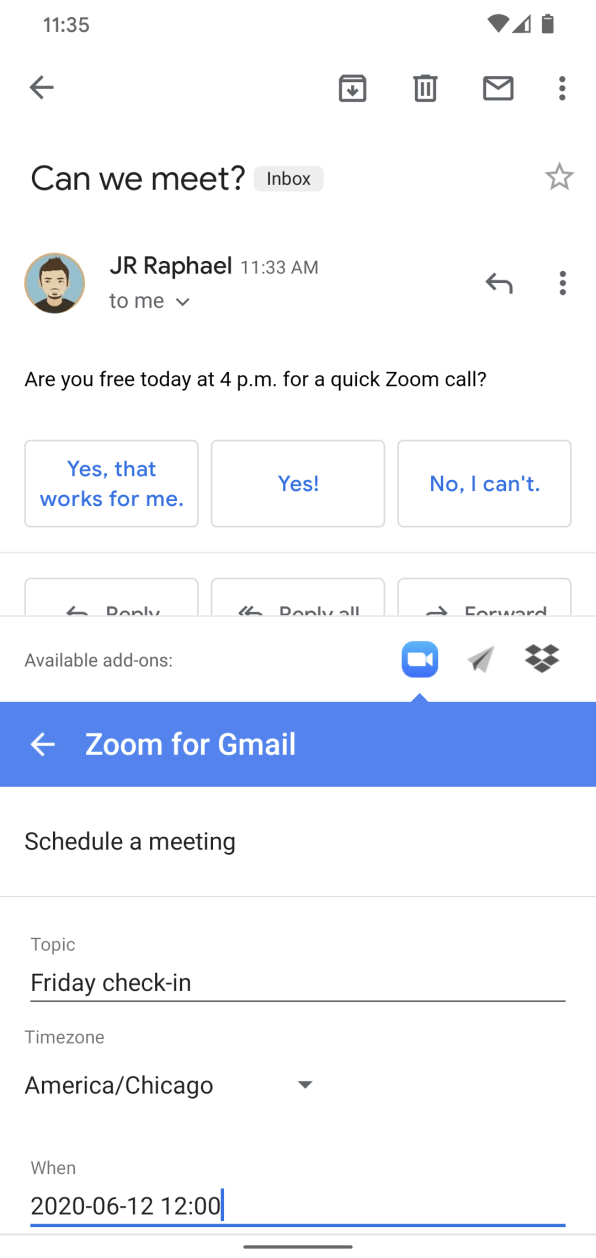

If you’ve already been using Google Calendar, clicking this button will bring up a functional calendar, along with all the events you have scheduled for the foreseeable future. Calendar.įirst up, you can find a Google Calendar integration on the right-hand menu. Note that all these built-in features, as well as their locations, are accurate for the current version of Gmail. Let’s start with some of the built-in extensions that Gmail makes available by default. You can use most of these integrations with or without the G Suite icon enabled. You can find Gmail add-ons that meet this criterion by clicking Settings, then “Get add-ons.”įrom there, you can browse or search the G Suite Marketplace for other G Suite apps and G Suite add ons. Feel free to disagree with my assessments, but do try out both the app version and extension version where appropriate.įurthermore, many Gmail apps and Gmail extensions offer “G Suite” integrations, which appear as icons in the right-hand menu when added. I’ve done my best to keep them categorized according to the “dominant” version of the entity-either because it’s the most popular, or because it’s the most functional. There’s a gray area between apps and extensions some apps have an extension you can use to improve the accessibility of the app, while some Gmail extensions have apps that allow more functionality than the basic integration. They may or may not be a part of a standalone app.

In some cases, they’ve been developed specifically for use with Gmail.

There are a lot of extra features that could be included in a list like this, but I’m grouping them into three categories based on how they function:



 0 kommentar(er)
0 kommentar(er)
